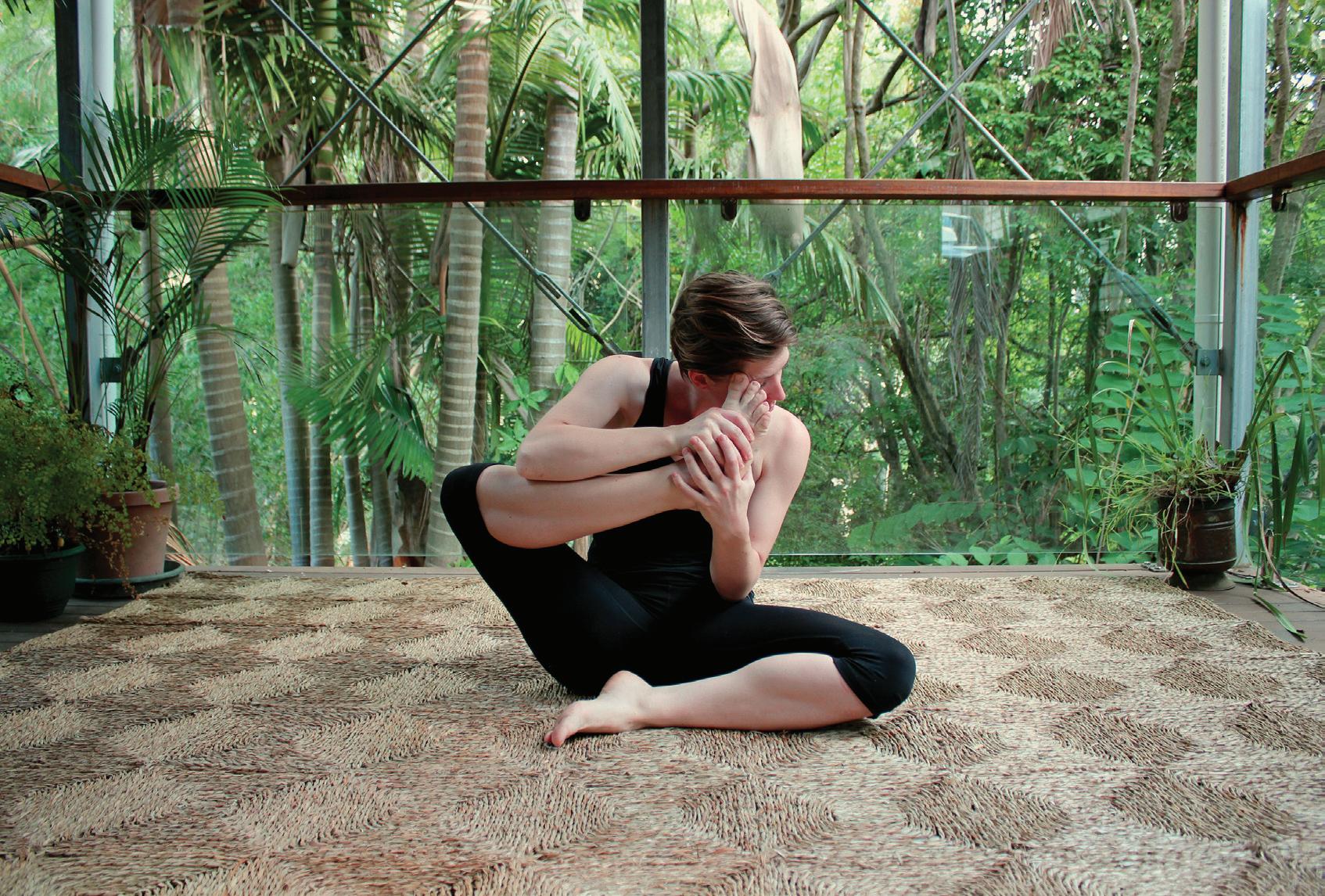
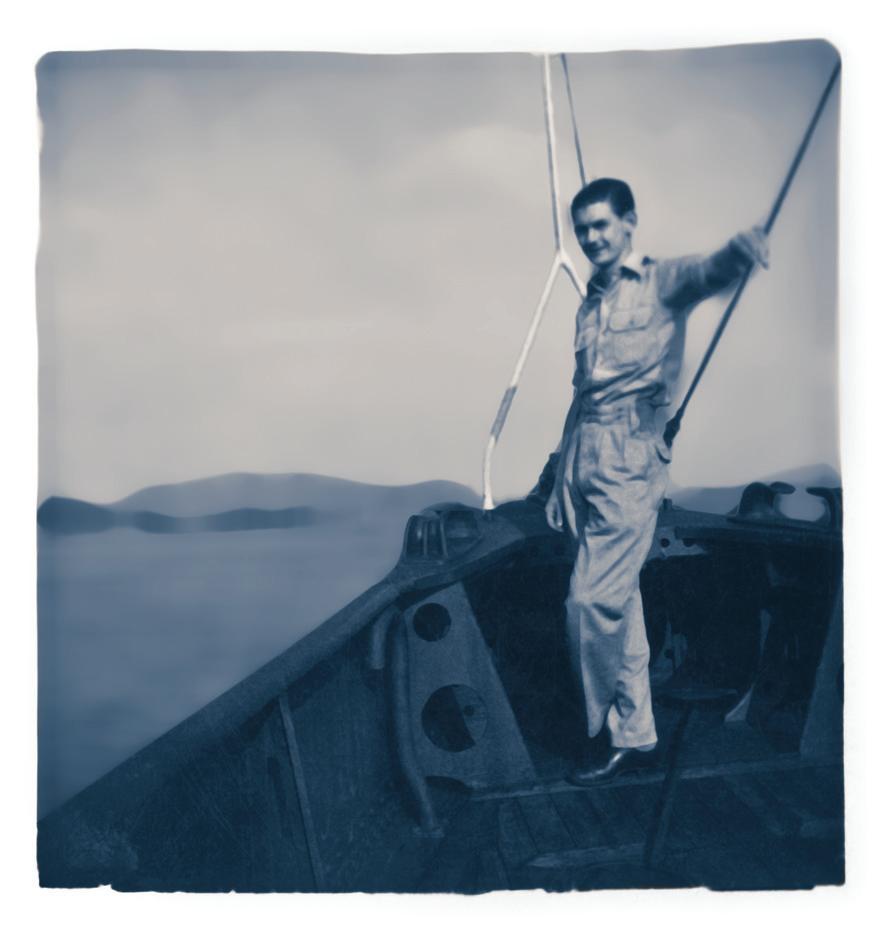
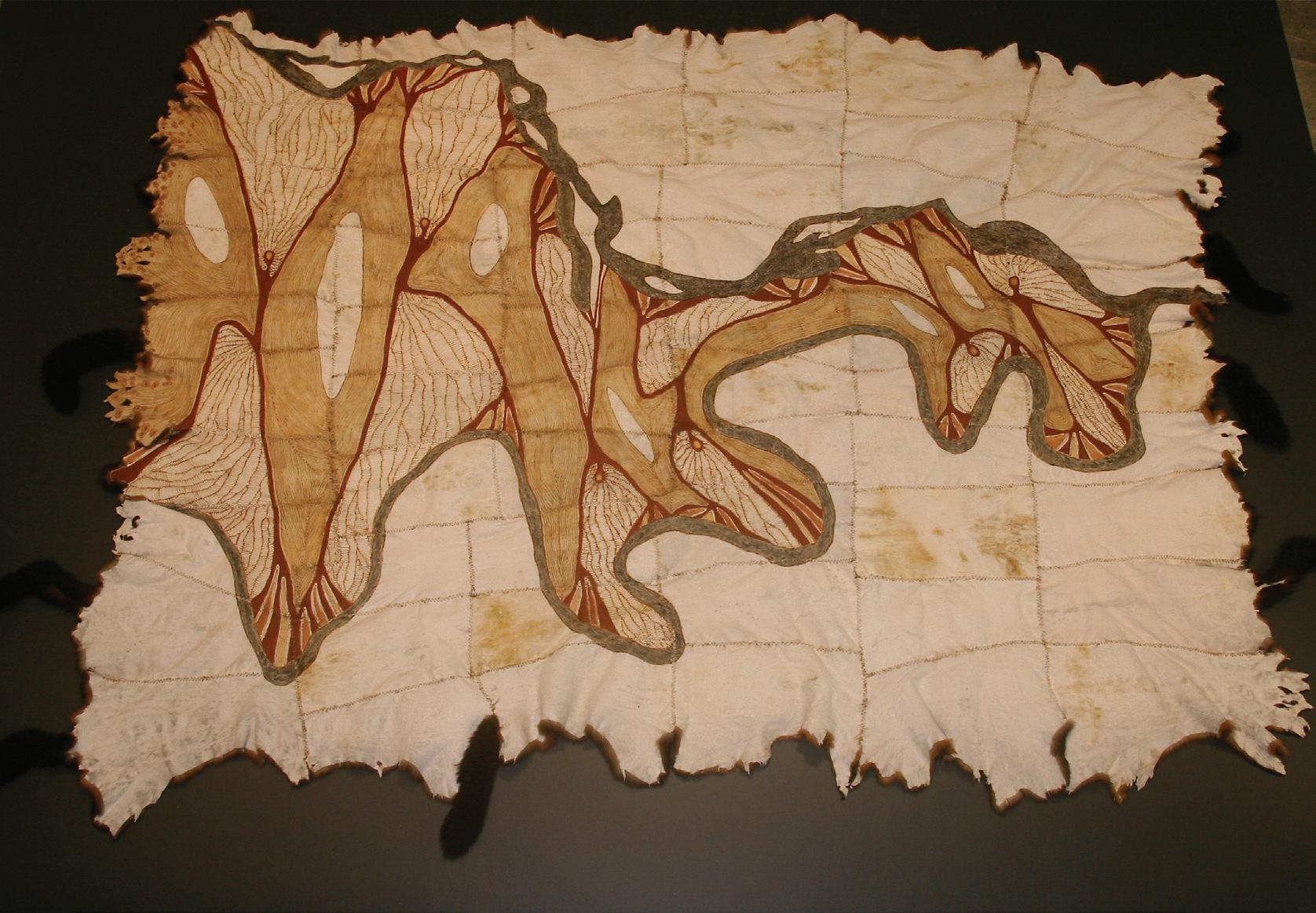

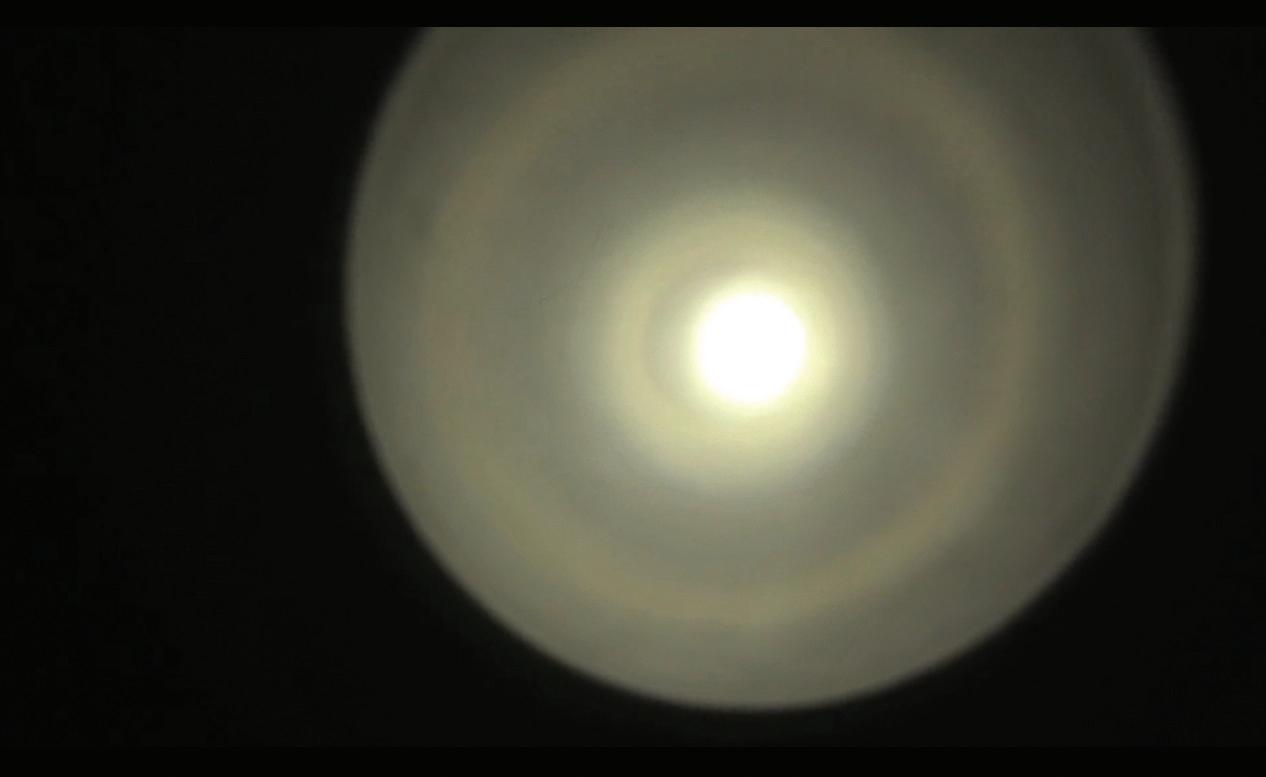
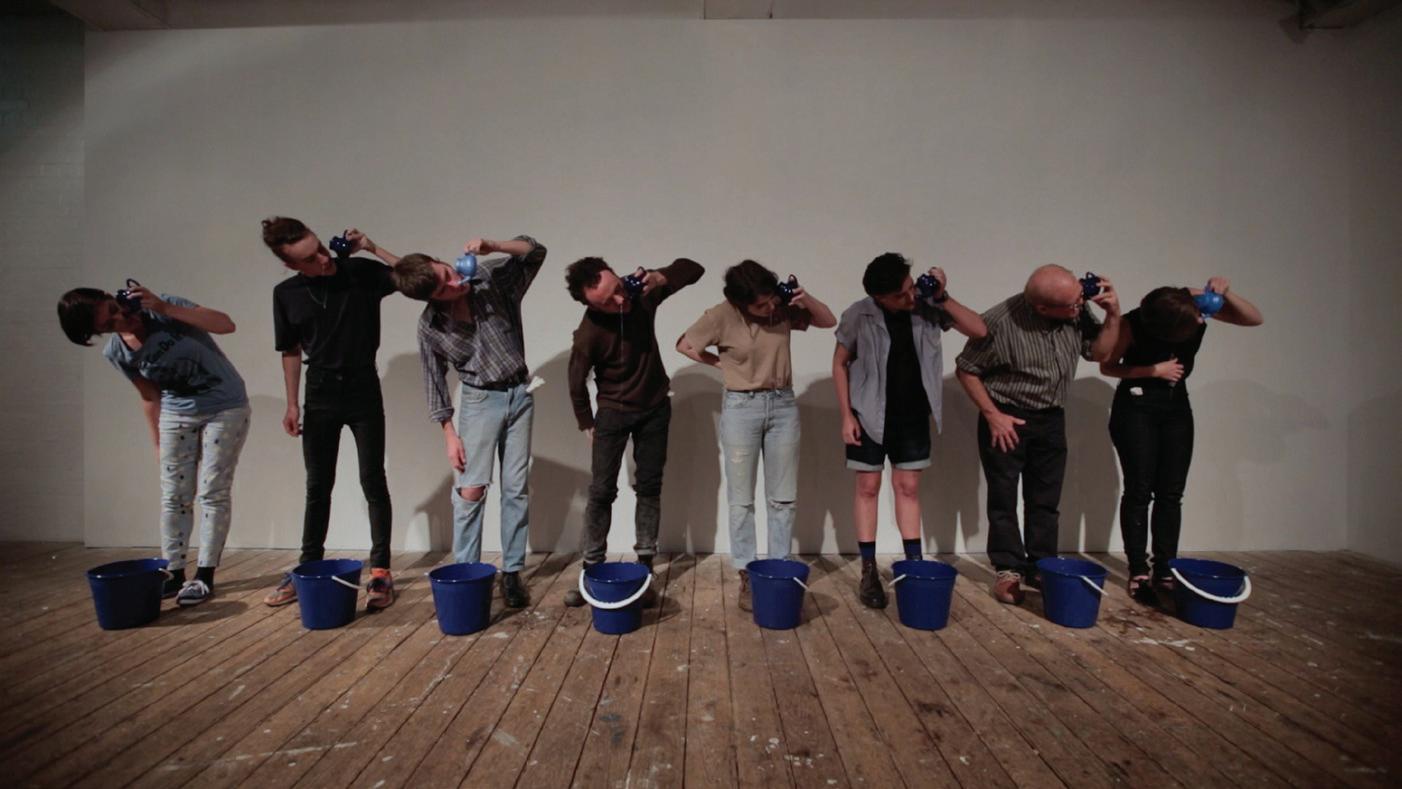
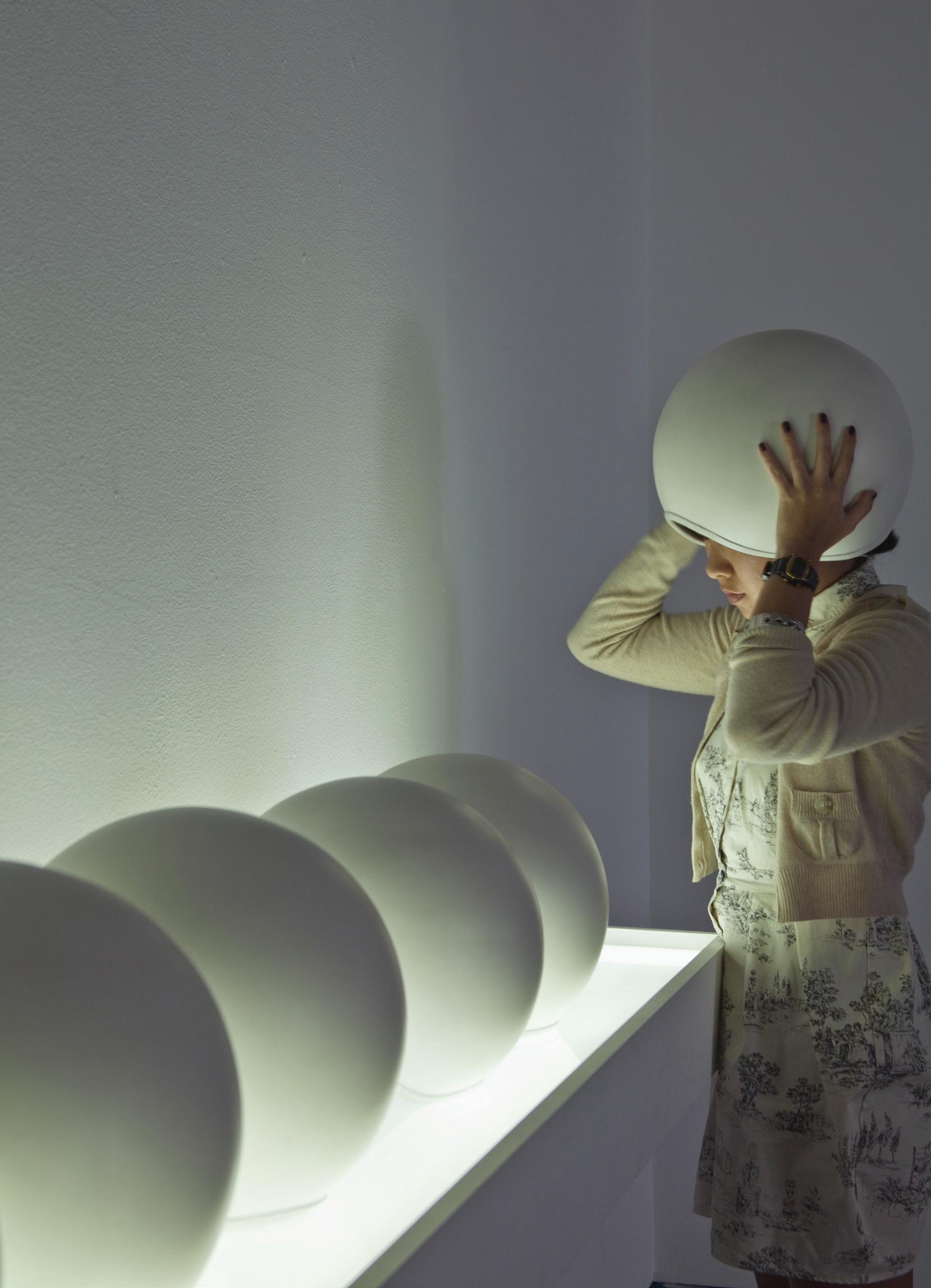
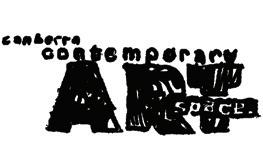
ART OF SEDUCTION NATALIE RANDALL SAMUEL TOWNSEND CHRISTOPHER TWINEY
INTIMATE SPACES REVEALED
CAITLIN FRANZMANN / CAROL McGREGOR / LEENA RIETHMULLER
Intimacy (a state of being), memory (a mental capacity), and trace (evidence of a former presence), are often not easily deciphered. Intimacy conjures up the bonds between one’s physical being to another; the closeness one feels sexually, emotionally and through the comfort and bonds of the familiar. Intimacy resides in the secret conversations that transpire as the basis to connect one person to another. Intimacy can be illusive – inexplicable; how does one encounter intimacy, is there a signal?
Intimacy: the feeling of a close personal association of the deepest nature; a sense of belonging. Intimacy can also describe the personal relationship that centres on emotion, passion, love, and immediately summons the senses and the closeness to the living and the dying. And then of course there are the intimate associations that occur with no warning – the discovery of one’s past, the discovery of one’s own or another’s body, and the awareness of the secrets of the self.
Intimacy can be very evocative, for it sits outside one’s definitions of emotional control. One doesn’t plan intimacy, it just happens without logical understanding and transcends the forms of love. Love affairs beyond our perceptions, like the love affair the rock has with air. Matter, mind and gravity itself, are all suspended in the perplexing interruption of intimacy.
The unexpected occurrences that somehow validate that intimacy exists next to memory are often intangible, perhaps even ghostly – the aroma that drifts up when opening a box of chocolates, unexpected music heard on the radio, or crawling between the bed sheets… Susan Sontag’s words from her novel The Volcano Lover come to mind,
An odor. A taste. A touch. Impossible to describe.
To lower yourself into your own feelings. There to find mists and vapours.
The exhibition Intimate spaces revealed is aligned to the awareness and noticeable shift in the approaches and methods that artists are currently addressing of the personal and the profound. Here the artists, Caitlin Franzmann, Carol McGregor and Leena Riethmuller are conscious of creating mechanisms that assist in evoking wider interpretations of what the intimate can conjure up or even can be
The three Brisbane artists confront intimacy, memory and the space these occupy differently, but all gravitate around the importance that lies in the unexpected experiences and responses that the audience may have when they are asked by the art to ‘slow-down’ and involve themselves with visual or sensorial work that occupies space that may surround or effect one in more quiet forms and methods. The space between or the space occupied becomes important, particularly when the space may be one’s own body. The space becomes occupied in memory and intimacy.
Caitlin Franzmann’s sound-installation Dissolve is comprised of 6 white space-like helmets in which recorded audio compositions of collaged and found material surround the listener. As Joel Stern states,
In audio terminology, a ‘dissolve’ is a gradual transition or cross-fade between two sounds. More specifically, it is the inbetween moment in which prior and successive states are simultaneously present.
The key for the audience – trust yourself – put the helmet on, listen, experience, and let your mind wander and meander, occupying and dissolving into the visible and invisible space inside and outside the helmet.
Touching Carol McGregor’s invisible (cloak) I feel a goosepimply sensation, beauty and serenity. Yet when Carol drapes the possum skin cloak over her,
she is in union with her family, past and present. Individual recollections are altered when memories and traces of specific events in her history become linked to each other. invisible (cloak) is constructed with 60 possum skins, cotton, ochre, charcoal and tree gum, and described eloquently by Carol:
Traditional possum skin cloaks were personal – inscribed with images or patterns to signify where you are from, your place, tribal stories and your identity. Although separated by time and country, each generation touches another to pass on not only their DNA but also their knowledge. invisible (cloak) is a testimony to personal oral histories, cultural stories and family journeys.
The personal and private intimate associations an individual has with their body conjures up numerous images of saliva, tears and urine. In her six-week project More Human, Leena Riethmuller asked 5 participants to engage with their bodily experiences. The participants discussed their own and other group member’s responses to the task, promoting a pragmatic approach to bodily exploration and encouraged personal, social, political and phenomenological discussion.
In her new works, Leena intertwines with her own body in Fitting into yourself while the participants in Neti performance [1] commune with their bodies via the ‘neti’ pot. The clearing of mind, body and soul are performed in both video works, and the ‘neti’ pot has become more than a performance device, now assisting some in their basic connection to the body’s renewal.
These artists are addressing the vast associations and spaces that encompass the intimate. The body and memory become key facilitators in the strange connections of the visible and the invisible in revealing the spaces of intimacy, the moments when anything seems possible. Or as Sontag wrote, Moments of slippage, when anything seems possible and not everything makes sense.
Notes:
Sontag, Susan, The Volcano Lover Picador, NY, 1992.
Stern, Joel, Focus Until You Find You Are Beginning to Lose Focus Caitlin Franzmann Dissolve catalogue essay; IMA, Brisbane, 2013.
Debra Porch, Curator June 2014
ART OF SEDUCTION
NATALIE RANDALL / SAMUEL TOWNSEND / CHRISTOPHER TWINEY
Christopher Twiney has questioned the seductive nature of advertising and made many successful attempts to undermine its messages. Culture jamming or subvertising is the practice of changing advertisements to make a political point. Twiney has used the techniques of advertising to undermine its specific messages while more broadly attempting to reveal the political and social contexts in which advertising works so effectively, if not subliminally.
Twiney’s new work for the Art of Seduction begins with familiar luxury fashion branding such as Yves Saint Laurent and Chanel, which he says “use elitism and status anxiety to their advantage”. In this series he focuses on several Australian country towns including Yass, Collector and Goulburn: not always entirely unattractive but regional, variously remote and economically marginalized. Using high-end fashion brands as the faux marketing tools for daggy country towns Twiney employs irony to draw attention to what he sees as “the widening economic gap that is being created in Australia”. This out of context use of labels, applied through photographs, prints and appropriate “merchandise” ostensibly comprises a bold attempt to add desirability to places where there is little to be found. Applying the language of designer brands Twiney destabilizes the down-market reputations of country towns as
well as the glamorous up-market status of the brands. Through this leveling effect he confronts inequity in the hope of attaining the ‘unreachable goal’ of an ‘egalitarian Australia’.
A process of transformation from the status of commonplace is also evident in Samuel Townsend’s subtly reconstructed family photographs. Using images from his late grandfather’s album Townsend has generated a series of works that ultimately stand as a self-portrait, emerging through a concurrent intergenerational exploration of past and present. Recreational snapshots of his grandfather and friends, often with little clothing or in uniform taken during the 1940s and 50s provide the ironic basis for an aesthetic contextual shift that encompasses the rise of queer sexuality from the 1970s to the present day.
While many of these images are photographer unknown, their sensitive compositions that sometimes seem to replicate the conventions of “the pinup”, also reflect in their passage across time, a sense of the social changes that might once have separated grandfather and grandson. With manipulated backgrounds that erase clues to location Townsend creates a universal dream like psychological space that opens broadly to connect with a modern generation of men and mates. Fishing, swimming, sunbathing, sailing these photographs seduce the viewer with memories redolent of hot, languid, carefree days in the company of friends with nothing (much) to do. Although each of these images originally presented the most ordinary of views and pastimes, Townsend exploits the inherent nostalgia of vintage photography to create an updated personal commentary reflecting current lifestyles and concerns.
Natalie Randall moves beyond seduction and straight to the end game for Light Climax (2013) a video that essentially visualizes an orgasm in the language of light and movement. This “abstract” treatment of auto-erotic ecstasy generates a new character from an anonymous subject wearing a head torch that beams the movement of light on a white surface. The erratic pulse of white circular light provides a comic twist in the absence of an eroticized body. Randall leaves no space between the body and the light as both are transformed into a condensed orgasmic event. While the audience searches for the woman before and behind the camera, she is erased as a cinematic object thus reinforcing the role of woman as inventor, filmmaker and creator. Light Climax also references what Randall calls the “invisibility of the female orgasm” shedding light on a physical manifestation of desire as if it were at once both a material and metaphysical experience.
In her second work, Lack (2013) Randall raids the feminine zone of the secretarial pool to produce a light box with a neon image based on short hand for lack – that incidentally resembles a semi-erect penis. Seeing short hand as a symbolic mode of communication where word is reduced to simple signs – read only by those who know the language and mostly women, she again addresses the female orgasm as a symbolic or metaphysical experience. For Randall the notion of seduction becomes a personal issue of interpretation where it is conceptually empowering and where women might repossess and reassess physical experience outside the prevailing male dominated zones of advertising and pornography.
Art that is “seductive” is often spoken about like it’s a bad thing. Desire on the other hand is the overworked territory of philosophers and theorists (such as Kant and Lacan) whose deconstructions of film, literature and art have imbued such concepts with a certain artistic authority. Desire, however, is also central to advertising and propaganda, and seduction the means to its end. In this context of shameless promotion our subject matter might be contaminated by thought of commerce. In the hands of these three artists, however, the notion of seduction need not simply be an easy way to engage an audience, it can also include highly critical analytical explorations of the ways that desire and seduction might work together in framing encounters with art.
Christopher Twiney’s work for Art of Seduction is the result of a recently completed Megalo Residency awarded as part of the ANU Art School EASS (Emerging Artist Support Scheme).
David Broker
June 2014
